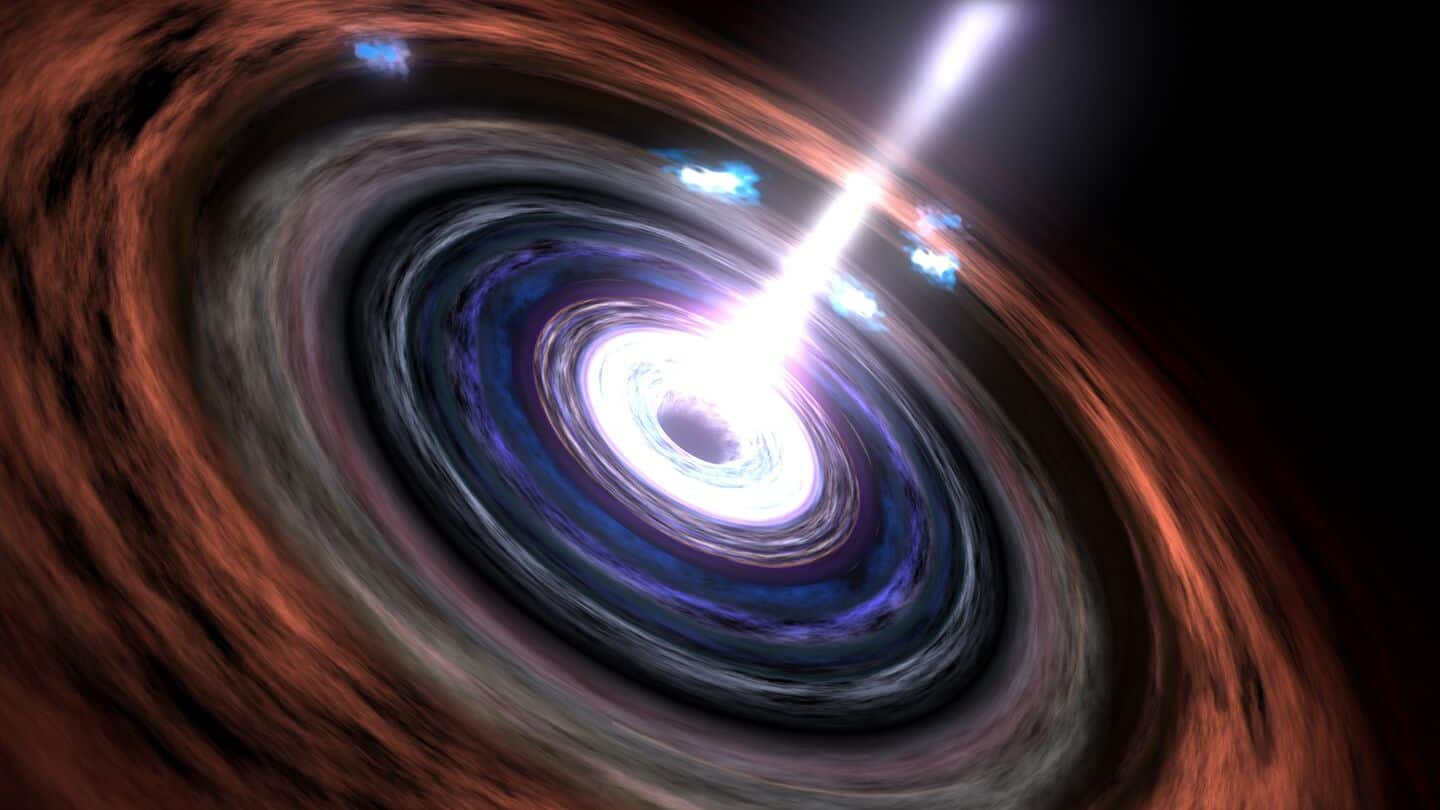
Astronomers discover 11 new active galactic nuclei: What are they?
What's the story
Using the Spektr-RG (SRG) space observatory, a team of astronomers from the Russian Academy of Sciences has discovered 11 new active galactic nuclei (AGNs). AGNs are small areas at a galaxy's core, outshining the galaxy's light, and are known to be extremely energetic. This energy is primarily attributed to accretion onto a supermassive black hole at the galaxy's center. They are recognized as the most luminous persistent sources of electromagnetic radiation in the universe.
Method
How were the AGNs found?
The research, published in the journal Astronomy Letters, involved examining numerous X-ray sources in all-sky surveys. The lead investigator Grigory Uskov and his team focused on X-ray sources identified with SRG's ART-XC telescope as well as previously known but unidentified X-ray sources.
Research progress
Over 50 AGNs identified in recent studies
The team's research has resulted in the identification of more than 50 AGNs and a few cataclysmic variables. In their latest findings, they wrote, "In this paper we present the results of our optical identification and classification of another 11 AGNs from the ARTSS1-5 catalog." These newly discovered AGNs are relatively close to Earth, having redshifts ranging between 0.028-0.258.
Classification
AGNs classified as Seyfert galaxies
The X-ray luminosities of these new AGNs varied between two and 300 tredecillion erg/s, which is normal for AGNs in the modern era. Using this information, the astronomers categorized them as Seyfert galaxies—seven type 1 (Sy 1), three type 1.9 (Sy 1.9), and one type 2 (Sy 2). Seyfert galaxies are prevalent active galaxies that emit a lot of infrared radiation and have broad optical emission lines.